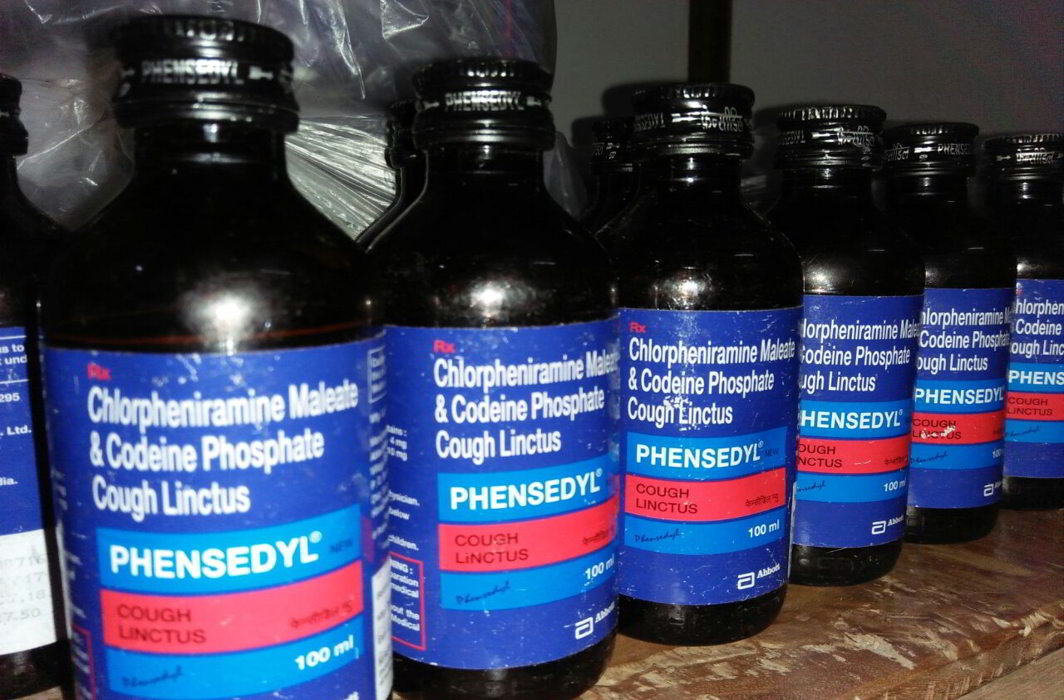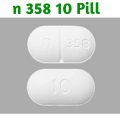Phensedyl is a cough syrup that contains the active ingredients chlorpheniramine maleate and codeine phosphate the old version of the medication contained codeine and promethazine. It is a popular cough syrup in countries such as Bangladesh and India, where it is widely available over-the-counter. While it is meant to be used for treating coughs and colds, it is often misused for its sedative and euphoric effects. The abuse of Phensedyl can lead to addiction, respiratory depression, and even death. In this article, we will explore the history of Phensedyl, its mechanism of action, its effects on the body, and its abuse potential. We will also discuss the various health risks associated with Phensedyl abuse and the treatment options available for those struggling with addiction.
History of Phensedyl
Phensedyl was first introduced in 1963 by Wyeth Laboratories, a pharmaceutical company that was later acquired by Pfizer. The original formulation of Phensedyl contained codeine, promethazine, and ephedrine. It was marketed as a cough syrup that could provide relief from coughs and colds. The ephedrine was later removed from the formulation due to its abuse potential.
In countries such as Bangladesh and India, Phensedyl became popular for its sedative and euphoric effects. It is widely available over-the-counter and is often sold without a prescription. This has made it easy for individuals to misuse the drug, leading to a public health crisis in these countries.
Mechanism of Action
Phensedyl contains two active ingredients: Chlorpheniramine maleate and codeine phosphate. Chlorpheniramine is in a class of medications called antihistamines. It works by blocking the action of histamine, a substance in the body that causes allergic symptoms. Codeine is an opioid that works by binding to the mu-opioid receptors in the brain and spinal cord. It is used as a pain reliever and cough suppressant. P
When taken as directed, Phensedyl can provide relief from coughs and colds. However, when misused, it can produce a sedative and euphoric effect. This is because codeine can activate the reward centers in the brain, leading to feelings of pleasure and relaxation. Promethazine can also enhance these effects by increasing the sedative properties of codeine.
Effects on the Body
Phensedyl can produce a range of effects on the body, depending on the dose and method of administration. When taken as directed, it can provide relief from coughs and colds. However, when misused, it can produce a range of side effects, including:
- Drowsiness
- Dizziness
- Confusion
- Nausea and vomiting
- Respiratory depression
- Coma
- Death
The effects of Phensedyl can be intensified when it is taken with other drugs, such as benzodiazepines or alcohol. This can increase the risk of respiratory depression and overdose.
Abuse Potential
Phensedyl has a high abuse potential due to its sedative and euphoric effects. It is often misused by individuals seeking to achieve a state of relaxation or to escape from stress or anxiety. It is also commonly used as a recreational drug.
The abuse of Phensedyl can lead to addiction, which is characterized by a compulsive need to use the drug despite the negative consequences. Addiction can lead to a range of health problems, including respiratory depression, liver damage, and cardiovascular disease.
Health Risks
The abuse of Phensedyl can lead to a range of health risks, including respiratory depression, liver damage, and cardiovascular disease. Respiratory depression occurs when the breathing rate slows down to dangerous levels. This can lead to hypoxia, which is a lack of oxygen in the body. Hypoxia can cause brain damage, coma, and death.
Liver damage can occur due to the presence of codeine in Phensedyl. Codeine is metabolized in the liver, and prolonged use can lead to liver damage. This can result in liver failure, which can be life-threatening.
Cardiovascular disease can also occur due to the abuse of Phensedyl. Codeine can cause a decrease in blood pressure, which can lead to heart failure or stroke. It can also cause a decrease in heart rate, which can be dangerous for individuals with pre-existing heart conditions.
Treatment Options
The treatment options for Phensedyl addiction vary depending on the severity of the addiction and the individual’s needs. The first step in treating addiction is to seek professional help. This can involve seeing a healthcare professional or addiction specialist.
In some cases, detoxification may be necessary. This involves the removal of the drug from the body and can be done in a hospital or addiction treatment center. Detoxification can be dangerous, as withdrawal symptoms can be severe. It is important to seek professional help when undergoing detoxification.
Counseling and therapy can also be helpful in treating addiction. This can involve individual or group therapy, and can help individuals to understand the root causes of their addiction and develop coping strategies for managing cravings and triggers.
Medications can also be used to treat addiction. This can include medications such as buprenorphine or methadone, which are opioid agonists that can reduce cravings and withdrawal symptoms. Naltrexone is another medication that can be used to treat addiction. It works by blocking the effects of opioids, making it less likely for individuals to experience euphoric effects.
Conclusion
Phensedyl is a cough syrup that contains codeine. While it is meant to be used for treating coughs and colds, it is often misused for its sedative and euphoric effects. The abuse of Phensedyl can lead to addiction, respiratory depression, and even death. It is important to seek professional help if you or someone you know is struggling with addiction. There is a range of treatment options available, including counseling, therapy, and medications. With the right support, it is possible to overcome addiction and achieve lasting recovery.






